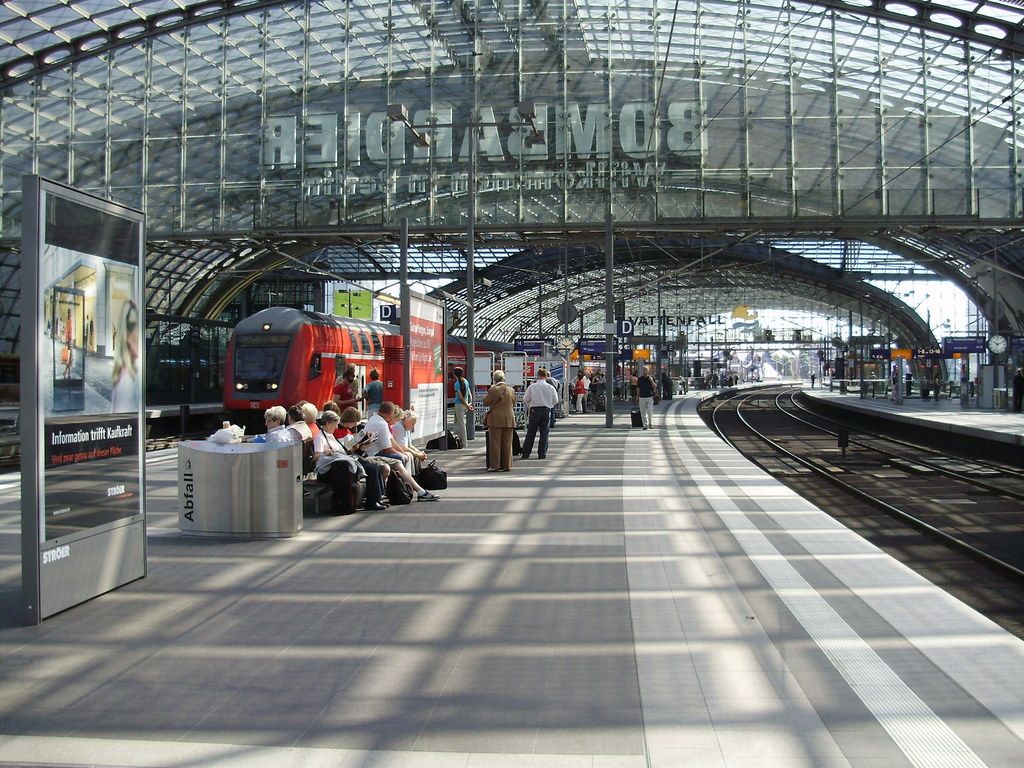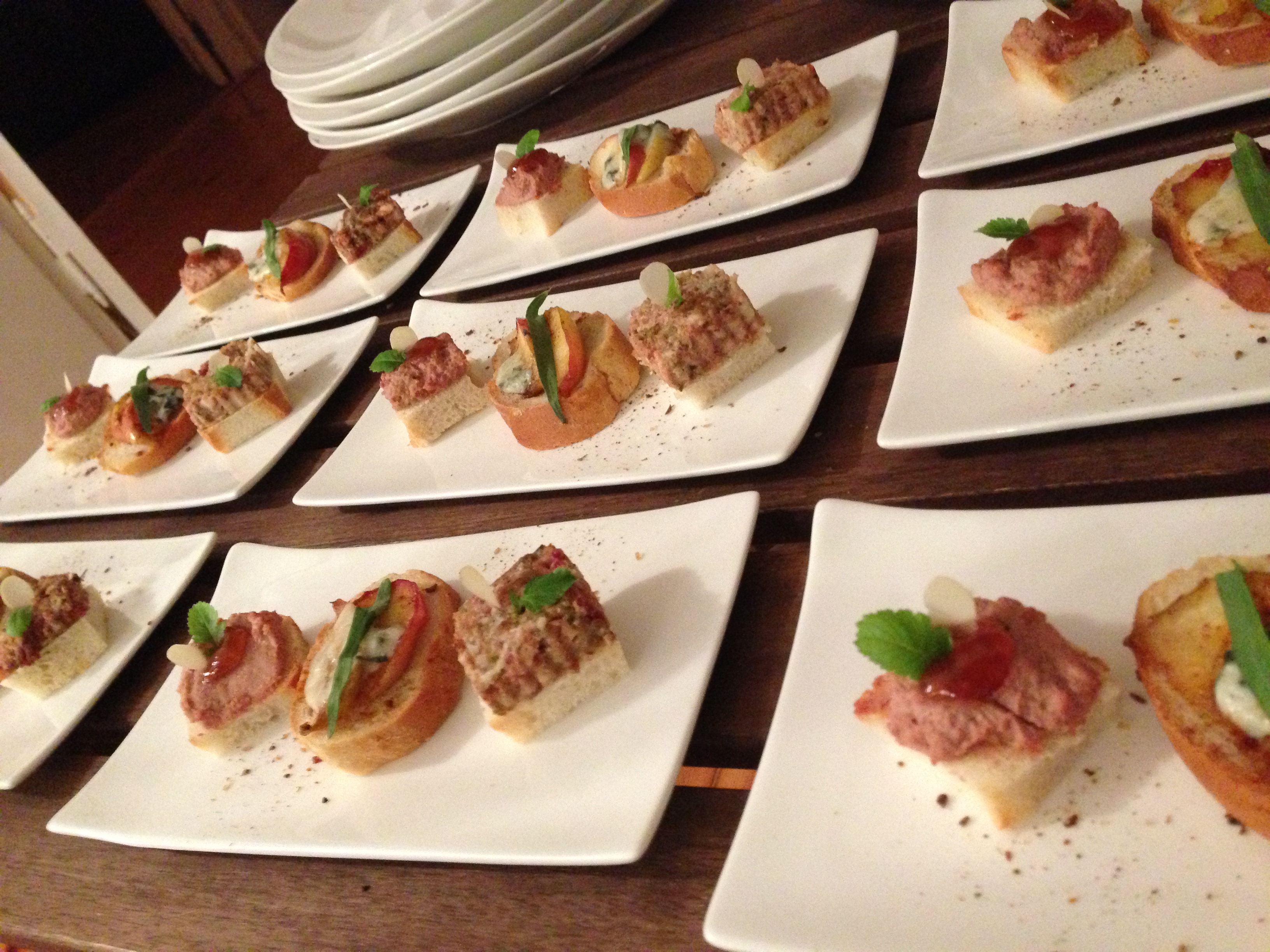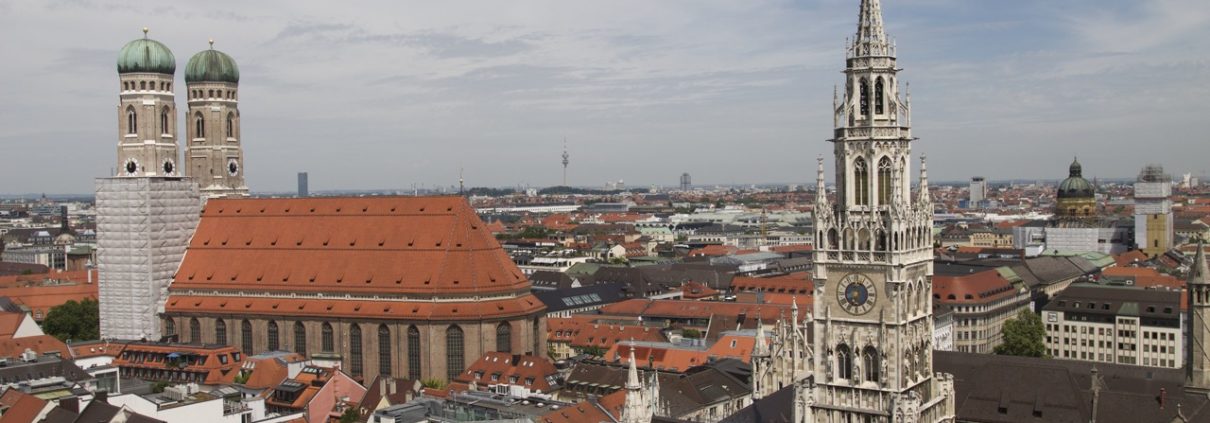How To Meet Locals In Berlin
Germans are often stereotyped to be cold and stern and the natives of Berlin may seem to be no exception. However you should not allow such preconceived notions to deter you from meeting and interacting with the locals during your visit to Berlin.
In fact, you may find them to be friendly and helpful people so keep an open mind and be proactive! Here are some tips to consider if you wish to meet locals in Berlin.
1. Explore Berlin with a local

Keen to meet locals and avoid the usual tourist hotspots? Make a booking with a Local on My Plus One, an online platform that helps to connect travellers with like-minded locals in a city. By exploring with a Local in Berlin, you will gain insight into the everyday lives of locals, their favourite haunts as well as the city’s hidden gems. The Local you book may even bring you to meet their friends, giving you the opportunity to meet and interact with more locals!
The My Plus One team has met every Local on their platform so you can be assured that the Local will offer an authentic Berlin experience.
2. Stay with the locals

Complement your exploration of Berlin with a Local by staying in the home of a local. This will give you a direct opportunity to meet the natives of Berlin as opposed to a hotel-stay and experience life as a local. Your host may also share with you insights on Berlin and offer recommendations on places to visit, dine and meet other locals.
Book a stay in the home of a local in Berlin through online platforms such as Airbnb or Couchsurfing.
3. Learn conversational German

You do not have to be proficient at speaking German in order to meet locals in Berlin but it will certainly be helpful if you know some conversational German. The locals you encounter during your visit to Berlin, not to mention your host family or Local guide, will appreciate that you are making the effort to communicate with them in their native language and be more inclined to interact with you.
Online resources such as Duolingo and deutsch-lernen offer guidance on the basics of language at no cost.
4. Travel at off-peak periods

The off-peak travel season, at least for Berlin, is typically between January and February, which comes after the festive season and where daylight hours are considerably shorter as compared to summer. With fewer tourists around, you will be more likely to meet locals at the cafeterias or on public transport.
The locals are generally more welcoming of visitors when they are not surrounded by hoards of them, which also makes meeting and interacting with them easier too.
5. Hang out at cafes frequented by locals

A place that is frequented by the locals will give you plenty of opportunities to meet them during your visit to Berlin. In order to meet locals at their favourite haunts, it is perhaps ideal to pick cafes which have a relaxed and carefree ambience, such as Barcomi’s Deli and Cuccuma, for it is likely that local patrons are also in a leisurely mood and thus more willing to interact with you. You just need to be confident and make the first step!
6. Dine with the locals at their homes

Besides exploring the city and staying with locals, dining in their homes presents another opportunity to meet them! Why not book a BonAppetour dining experience with one of our hosts in Berlin? They will be happy to share with you more about the cuisine they have to offer and should you have any dietary needs or preferences, feel free to mention them when booking and our hosts can customise the menu accordingly to ensure you have an enjoyable dining experience.
[icegram campaigns=”612″]





















